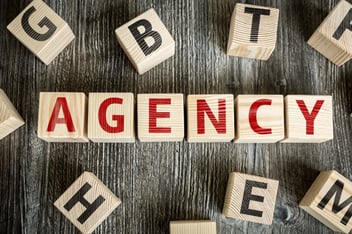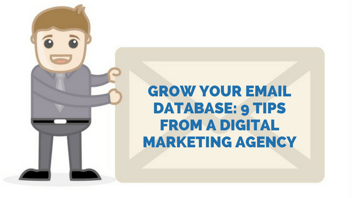You might think print still has a place in today’s world - as a digital agency, we’re here to tell you otherwise.
Print marketing offers its audience a sense of credibility; it takes time to write, edit, publish and distribute. Whereas Digital platforms like the web can be full of, well, “fake news”.
Print marketing might actually have a higher visibility rate at times because it cannot be as easily disposed of by the click of a finger, but some believe digital marketing has already outranked print on aspects like quicker ROI, niche targeting, and visibility.
Here is a list of five reasons why we believe digital beats print, hands down, in the Print vs. Digital debate.
1. Consider Printing Costs

The first reason to reside on our pro-digital list is cost. The commercial printing industry brings in a staggering £14.3 billion turnover annually and that as a designer, it comes as no surprise.
The average price to print a standard A4 coloured document varies from 75p to £1.50 in most Uk retailers. That isn’t taking into account a bespoke one-off print, for example, a screen print or letterpress. The price can leave you pondering, is print really the best solution to marketing?
An alternative some agencies turn to is to print internally, or at home. A compact printer can be bought fairly cheap in-store or online, but with this comes an additional cost – ink.
Ink is the most expensive part of any print job and It can cost ten times the price of paper and, considering what you pay for, it doesn’t really get you far, especially if you‘re printing a range of printed material day-in-day-out.
The solution? Digital media. It is the most cost-effective solution for marketing in today’s society. Cheaper, faster and easier are the phrases that come to my mind when I am approached by a client on what medium to choose. With digital, there is no need to spend hours scrolling the web to find the cheapest printer.
I no longer spend hours searching over paper supplies to find the smoothest and most cost-effective paper. I just draft up the design on my computer, receive feedback from the client and click export once I’m done. The time it takes to upload the document online is the same amount of time it takes for one A4 document to be printed. Ink costs no longer occur because everything is produced for the screen.
Digital software like ‘Photoshop’, ‘Illustrator’ etc. has helped designers to produce some of the greatest and most unique colour palettes in the 21st century. Colour palettes you couldn’t even dream of producing without spending days and days, matching colour tones with a Pantone colour checker.
Or hiring an experienced printer to screen print the colours layer after layer to get the required tone. In the digital world, the resources are already there ready for you to use, colour, material, and texture are all available at the click of a button.
2. Time To Turn Digital
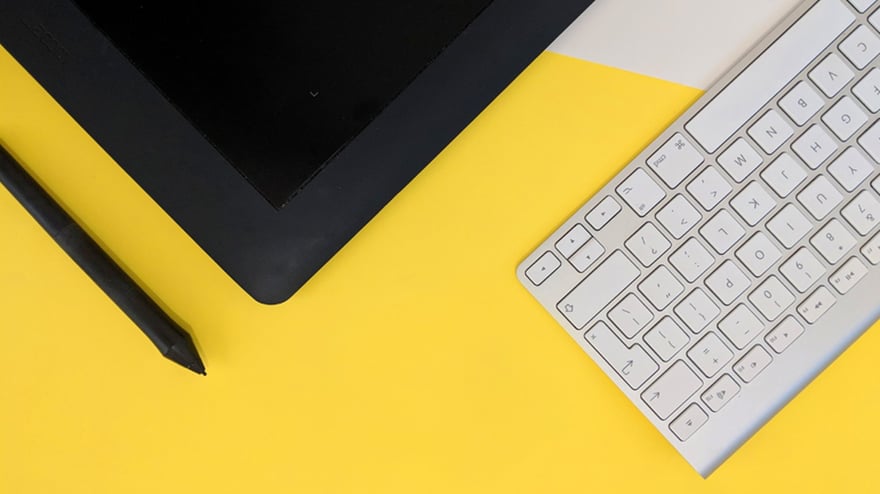
One of my favourite perks to designing for an all-digital agency is the time I save. Back in my old job as a Junior designer, I would spend hours, setting up one document to print. The process known as ‘artworking’, in the creative industry, is a continuous commitment of time, a process that feels like you are going back and forth changing tiny little details.
Because artworking a printed document can take up so much time on just one project, a lot of design agencies will hire a member of staff or a team to deal with the artworking of printed documents.
Rearranging shapes, re-typing lengthy paragraphs and setting up colours to CMYK from RGB are necessary procedures when it comes to getting print right. With digital, on the other hand, one click and the documents are ready to hit the proofing stage, and by proofing stage, I mean hitting spell check.
Colour is already drafted up as RGB when it comes to digital documents so the final colour is correct when you present to a client. With print, you have to go from the computer to the finished product in your hand.
This means going from RGB to CMYK a lengthy process that if done incorrectly can cost you serious money or potentially lose you the client.
When it comes to digital mediums, sure, the document has to be reviewed by a certain number of members of the team internally, but the fact that we don’t have to print out the document in the first place is a real time saver. We can spend our time perfecting the design and creating a range of marketing material that is interesting to look at. Less time on the job means less expense for the client.
3. Amends, Amends, Amends
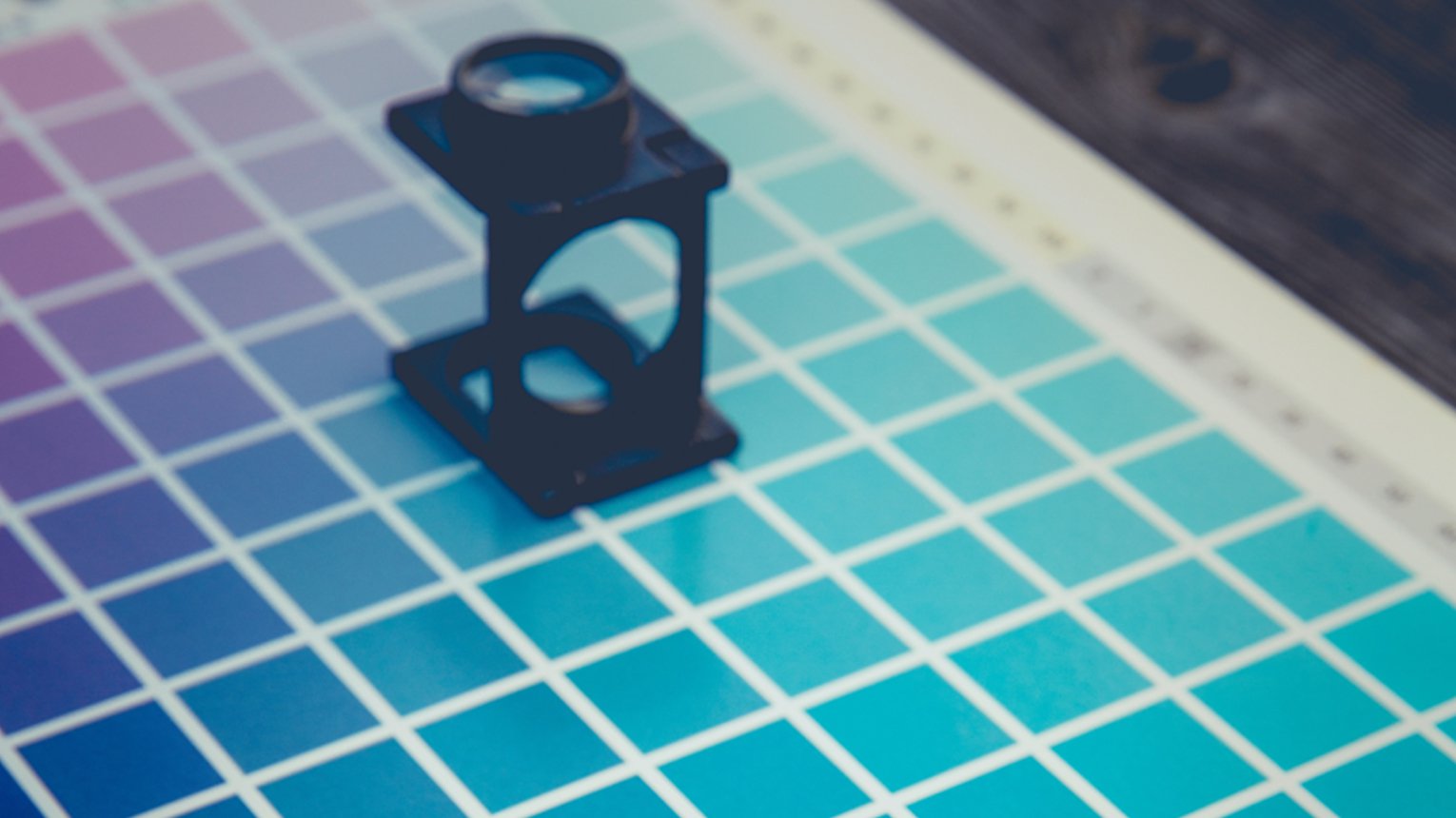
Amends, a word I hear less and less as the digital phenomenon grows larger. This is where the printed argument gets hit hardest. No one can disagree that a mistake in print is a huge price bomb. Digital documents, on the other hand, can be amended and re-exported in the time it takes an artworker to turn his printer on.
Amends on printed documents can be deadly to an agency’s reputation. The backlash from the cost of a reprint can send them straight into liquidation. Not something you want from a bespoke food menu that’s taken over 100 hours to get right.
You heard correctly – 100 hours to design a food menu, 2000 copies, and just one typo that was overlooked ten times. That is just one horror story I could tell you from my experience working with print.
The example above shows just how a simple mistake in print could completely crush a company. The word amend, in a design studio, is a recurring problem that in print is harder to pick up. The cost of a reprint can sometimes be the same price as a brand new computer with the highest specification to date, one that can produce digital media in seconds for the best part of five years.
As a designer, working only digitally means I can produce faster, more unique pieces of design with hardly any amends. No design is completely perfect first time around, but digital ones are definitely easier to amend.
Most times, faster means cheaper when it comes to design and the digital platforms we have to create design are ever growing at a pace that print could never keep up with.
4. Print, Does Quality Speak For Itself.
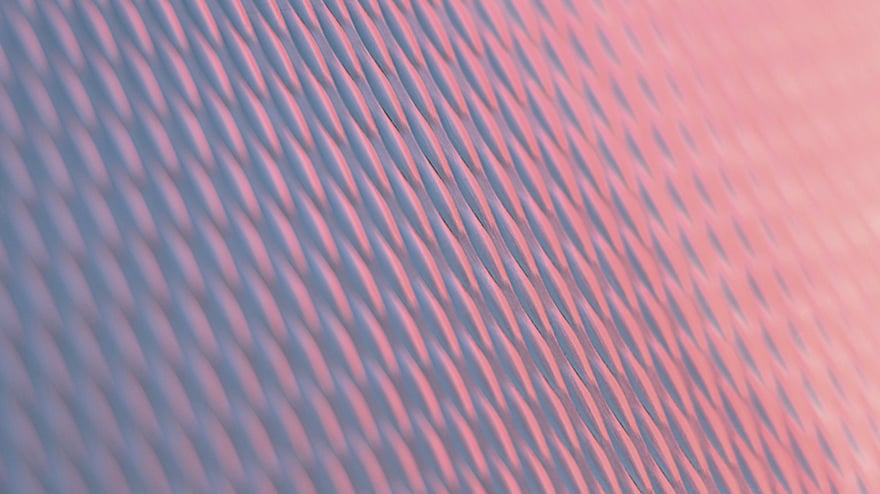
No one can deny the beauty of a perfectly produced print. Embossed, foil print and even block printing can leave everlasting impressions on a potential buyer. But when it comes to design, is it the substance or the craft of the promotion that makes people stand in their tracks?
Substance is the secret formula a designer uses to create a winning piece in design, whether it be an ad, a social post or even a video. Substance dominates style.
True substance can be created by either digital or printed mediums, but digital is by far the easiest to get right, especially when it comes to deadlines and client budgets, the computer is forever progressing towards making a designer’s life easier and the execution of an idea is greater than ever thanks to digital.
To keep up with the current flow of marketing, digital solutions seems to be one step ahead. Take ‘motion’ for example, a beautiful digital process that not only looks sensational but it is cost effective too. Motion connects with the consumer in a fraction of the time and engages the viewer to think about the project in a different way.
Motion encourages change in the world and describes one's thoughts in a way that makes print seem like an age-old technique devised in the 17th century. (Design joke, Gutenberg designed the first printing press in the 17th century).
5. Sustainability

Going digital is one of the best ways to reduce waste. Paper waste in print studios can be a serious problem towards the environment. Back when I was working for a print-based design studio, the stacks of paper the team used weekly could fit into two whole rooms.
The paper was used for printing out briefs, sharing design ideas with the team and general day to day admin, this wastage could easily be rectified by using digital software and facilities more efficiently.
A screen is more than capable to present designs to the team and there are numerous software opportunities to draft and share a client brief digitally without the use of paper. At Digital Media Stream, we only use paper if there is no other solution. 99% of our day time activities are managed digitally.
A process more and more studios are jumping on board with, simply because the use of paper is no longer needed. A process that not only saves the studio money in expense, and time. It also contributes to a more sustainable future.
In my opinion, this is one of the strongest reason to go digital. Working towards a more sustainable environment, whilst saving on time and money.
As you can see, from my point of view the print vs.digital media really is one-sided. To achieve a similar level of efficiency in print to digital you would need twice the manpower.
Not to mention the additional costs if something goes wrong. We encourage all our clients to take up a more digital approach to their working day, we reduce our daily carbon footprint, and we enforce these beliefs by delivering high spec digital projects on time, and to the highest standard.
Eager to learn more about digital and how it can help your business such as boosting your lead generation strategies. Get in touch here and we'll be happy to help.



